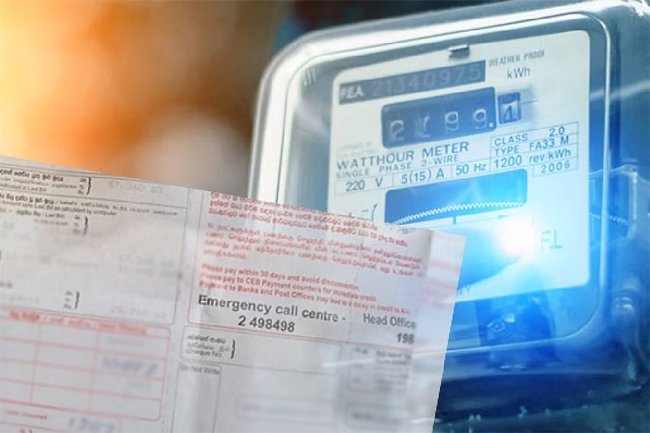The taxation framework on vehicle imports in Sri Lanka has become a topic of significant concern for both consumers and industry players. The Vehicle Importers Association of Sri Lanka (VIASL) and the Vehicle Importers Association of Lanka (VIAL) have shed light on the multi-faceted nature of taxes imposed on imported vehicles, urging the Government to adopt a balanced approach. This article delves into the intricacies of vehicle import taxation, its implications for consumers, and recommendations for the future.
Multiple Layers of Taxation Beyond Excise Duties
The taxation on vehicle imports extends far beyond excise duties, according to VIASL President Prasad Manage. While excise duties alone account for a staggering 200% to 300% of a vehicle’s value, certain models may face cumulative taxes reaching 400% or even 500%. These figures highlight the layered nature of Sri Lanka’s vehicle import taxation system.
Manage emphasized that excise duty is just one component of the total tax burden. The final cost of importing a vehicle is determined by the following four key tax components:
- Excise Duty
The primary tax on vehicle imports, ranging from 200% to 300%, with higher rates for premium or luxury vehicles. - Luxury Taxes
Additional levies imposed on high-end vehicles, significantly increasing their overall cost. - Special Vehicle Levies
Taxes targeted at specific vehicle categories, further complicating the pricing structure. - Value-Added Tax (VAT)
An 18% VAT applied on the vehicle’s cost, insurance, and freight (CIF) value, further inflating prices.
When combined with other factors such as customs duties, special import taxes, and the vehicle’s CIF value, the total taxation on some vehicles can soar to an astronomical 600% of their base value.
The Impact on Vehicle Prices
Preliminary price listings for popular petrol and hybrid vehicles offer a glimpse into the market’s landscape. For instance:
- Petrol Vehicles:
- Suzuki Every: Rs. 1.3 million
- Toyota Corolla: Rs. 6.6 million
- Nissan Dayz: Rs. 1.9 million
- Hybrid Vehicles:
- Suzuki Wagon R: Rs. 1.8 million
- Honda Fit: Rs. 3.5 million
- Toyota Prius: Rs. 11.3 million
These prices, however, do not fully account for the layered taxes mentioned earlier. Consumers are advised to approach these preliminary figures with caution and refrain from making advance payments or reserving vehicles until the Government finalizes the import process and tax structure.
Calls for Policy Revisions on Vehicle Imports

Addressing the escalating costs of vehicle imports, VIAL President Sampath Merenchige has proposed allowing the import of older vehicles—those exceeding five years from their date of manufacture. He highlighted that countries like Japan frequently retire vehicles after five years, creating an opportunity for Sri Lanka to acquire affordable, quality vehicles.
Merenchige argued that this policy shift would have multiple benefits:
- Cost Reduction: Older vehicles are typically more affordable, making them accessible to a broader demographic.
- Increased Consumer Options: Expanding the range of importable vehicles would cater to diverse consumer preferences.
- Market Sustainability: A balanced taxation approach could ensure steady revenue generation without alienating potential buyers.
He urged the Government to consider this recommendation as part of a holistic strategy to address affordability, tax revenue, and market sustainability.
Fuel Taxes Remain Unchanged
In a related development, the Government announced that fuel taxes would remain unchanged since their revision on 1 January 2024. The current rates are as follows:
- Petrol: Rs. 72 per litre
- Super Diesel: Rs. 57 per litre
- Auto Diesel: Rs. 50 per litre
These fuel taxes add to the overall cost of vehicle ownership in Sri Lanka, further highlighting the importance of a balanced approach to vehicle import policies.
Advice for Consumers
With vehicle imports set to resume on 1 February 2025, industry leaders are urging the public to exercise caution. VIASL President Prasad Manage advised against making advance payments or reserving vehicles before the Government clarifies the final taxation structure. Consumers should wait for official notifications to understand the full impact of the new tax regime.
Implications for the Automobile Industry
The resumption of vehicle imports is a welcome move after prolonged restrictions, but the high taxation rates could pose challenges for the industry. Vehicle importers are calling for a transparent and predictable tax framework to ensure market stability.
Key considerations include:
- Affordability: Striking a balance between tax revenue generation and consumer affordability is crucial. Excessively high taxes could discourage buyers and stifle demand.
- Revenue Generation: A fair taxation policy can help the Government maintain steady tax revenues while fostering a healthy market environment.
- Sustainability: Ensuring the long-term viability of the automobile industry requires a taxation approach that accommodates market dynamics and consumer needs.
Conclusion
The complexity of Sri Lanka’s vehicle import taxation system underscores the need for a well-rounded policy that considers all stakeholders. While excise duties remain a significant component, the additional layers of luxury taxes, special vehicle levies, and VAT create a steep cost barrier for consumers.
As the country gears up for the resumption of vehicle imports, the Government’s final taxation decisions will play a pivotal role in shaping the market’s future. By adopting a balanced and transparent approach, Sri Lanka can ensure affordability, generate tax revenue, and promote sustainable growth in the automobile industry.














